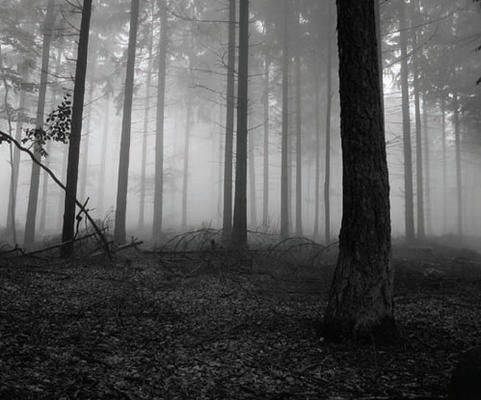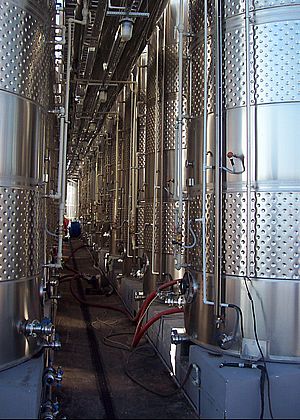Rural West Jutland has long been a magnet for tourists, but a concerted promotional effort has built visitor number to the point where tourism is now a key part of the regional economy. However this means that the population varies considerably between the winter and summer; hence water demand can be as low as 1500m3 per day and as high as 5000m3. The existing supply system was based on five remote boreholes deep in the local forest and a main pumping station 1.2km way. Each borehole was 100m deep and could supply up to 30m3/hr. The control system, installed in the 1970s, was electromechanical and had no provision for remote monitoring so was very expensive to maintain. It was decided to sink another six boreholes and to upgrade the control system. One of the first technical issues to address was the highly distributed nature of the system, and this lead to the decision to opt for CC-Link which can be used over extended distances using either standard cabling or optical fibres. CC-Link (Control & Communication Link) is a field network system that processes both control and information data at high speed, to provide efficient, integrated factory and process automation. The dual functionality leads to a massive reduction in cabling requirements, and CC-Link is an ‘open’ system with many manufacturers making compatible control equipment for use with it. Because West Jutland is very flat lightening strikes are not uncommon. These can lead to transients in communication signals, so fibre optics was selected and repeater stations located at key points in the network. The master control installed at the central pumping station was a Mitsubishi Q-series PLC (programmable logic controller). This is connected to the fibre optic network through CCLink compatible I/O modules made by Wago, which monitor a range of sensors and switches at each bore hole. The new control system monitors itself constantly and has high level diagnostic capabilities to determine the cause of any problems that are encountered. Further it uses predictive diagnostics, monitoring parameters such as ground water level and critical bearing temperatures to determine early if problems are likely to arise. This has reduced the running and maintenance costs considerable, despite the enlargement to the system. In normal operations, two, three or four boreholes feed the system, each working on a staggered two hour duty cycle before another borehole takes over. As demand increases more boreholes can be brought on line, although it only rarely goes above six working at once. All but one of the boreholes are fitted with a CC-Link controlled variable speed drive on its main pump, so that flow can be trimmed to exactly meet demand, and extraction is shared even over the system. Additionally each borehole is individually tested one night a month. This is done automatically over the CC-Link communications, putting the hole through a pre-defined 30 minute routine that tests all its associated equipment and measures output of the ground water.
Control System Secures Jutland's Water Supply
A CC-Link based control system has integrated eleven boreholes in the Jutland region of Denmark, so that the on-demand water supply can cope with the increasingly variable daily demand brought about by the growth of tourist visitors.
- by CLPA Europe
- May 15, 2009
- 324 views




















